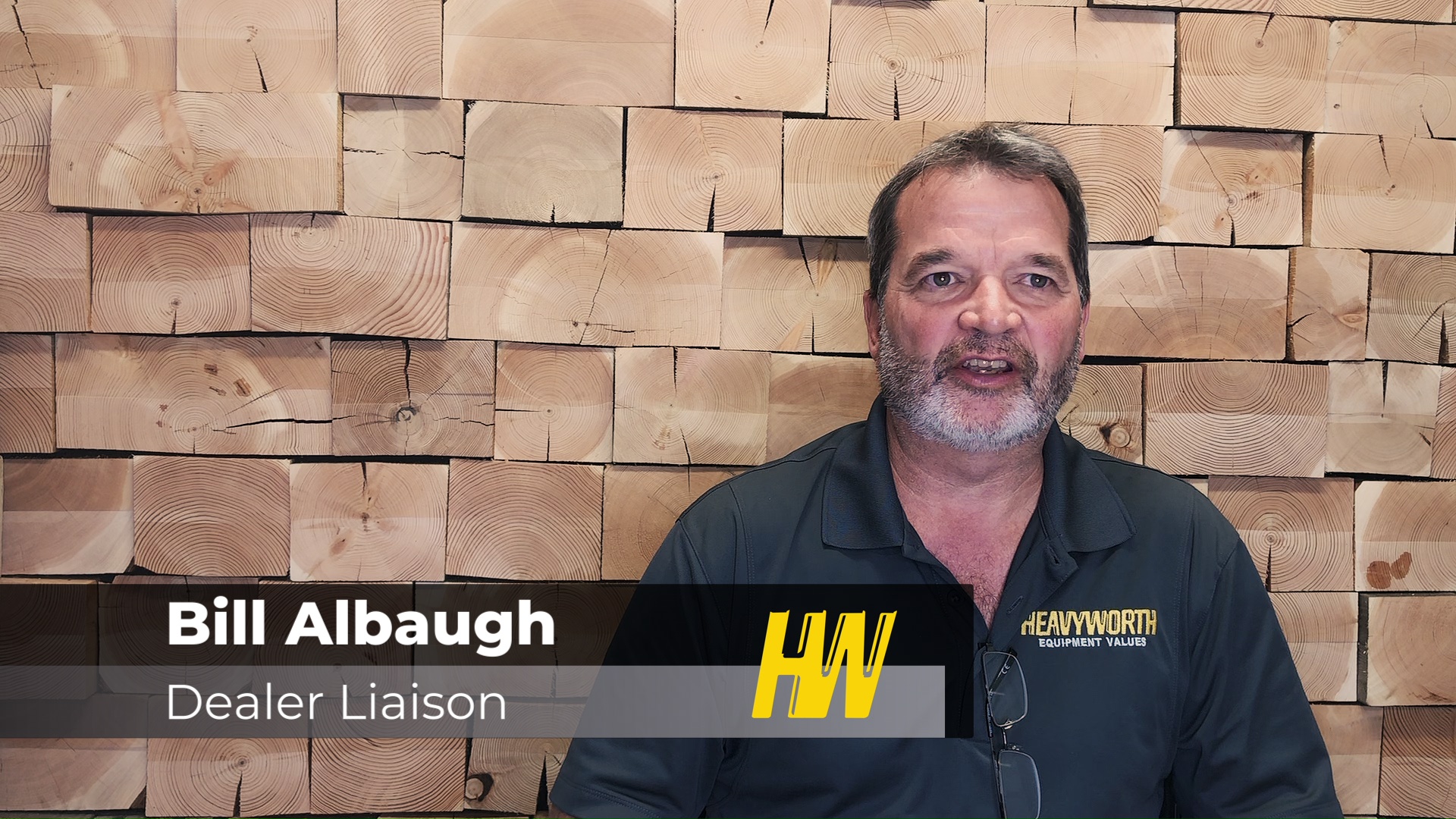Valuing options, add-ons and modifications
I've mentioned before that I operate a small farm when I'm not working for HeavyWorth. I recently installed a new electronic fertilizer flow monitoring system on an old planter. The value of this new fertilizer system is equal to a substantial percentage of what I recently paid for the old planter. I have no real need to assign a value to this planter any time soon, but I started thinking about how the value of an asset can be changed in ways that aren't related to specs, usage or age.
-1.jpg?width=760&name=planter_treated_760(1)-1.jpg)
HeavyWorth's human-in-the-loop approach to equipment valuations differs in important ways from the automated valuation resources on the market. We've talked before about how important it is to be able to judge the condition of the equipment being valued from photos of the actual assets and how this condition can make the values fluctuate wildly from the hypothetical asset values being generated by the automated tools. But there is another big difference that can substantially impact value that can't be addressed by the automated tools — options, add-ons and modifications.
The automated tools take a year, make, model and usage meters of some kind, like hours or miles, and come up with an average value of a hypothetical asset that matches those specifications. Some tools try to account for some factory options by presenting a convoluted checklist of some — but rarely all — of the available options for the type of equipment. Even tools that try to account for factory options won't be able to account for aftermarket modifications.
As someone who has occasionally tried out these tools with my own equipment, I don't remember seeing any of these attempts at checklists allow me to accurately enter all the options that I felt were important. Some actually had required fields for options I either didn't know or understand or that I knew to not be present on my equipment, which didn't do much for my trust in the accuracy of the value that was returned.
The configuration question cuts both ways. When the item being valued has an uncommon configuration, it probably doesn't match too well with the comparable sales that are found by the automated tools. But even when the item being valued has a vanilla configuration, there's nothing that says the comps were similarly configured.
To think about it a different way, every option that's entered whittles down the number of matching comparables. By the time you select all the options available on the form the pool of matching comps might go from hundreds that match the year make and model to fewer than ten or even none that match the exact configuration.
The automated valuation tools have a place — equipment owners curious about their equipment values can get a good starting place for their balance sheets. But most real business needs require more precision than a value guess derived from big data alone or a simple average of comps from a Google search of auction results. When getting a real value for a piece of equipment, especially when that equipment might have aftermarket add-ons or modifications or obscure configurations from the factory, it's crucial to have a professional evaluator reviewing the actual asset and not just using an automated tool.
To learn more about how HeavyWorth handles equipment valuations, or to learn more about how our software platform enables other professional evaluators to streamline their own processes, contact us today.

